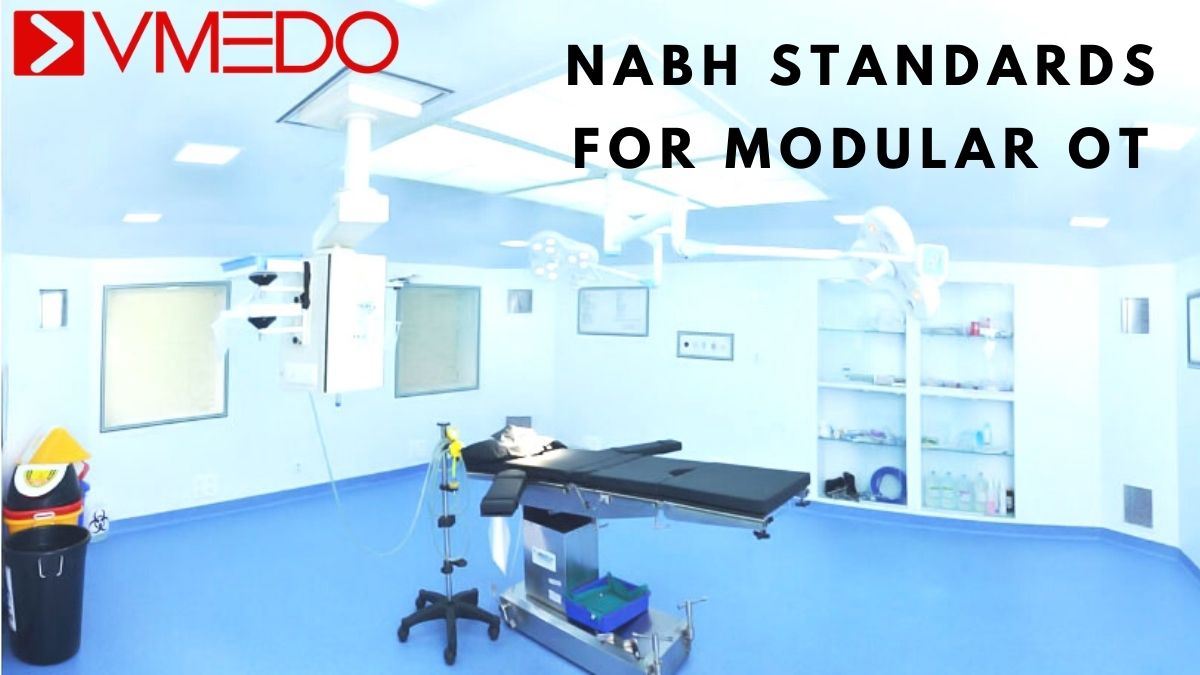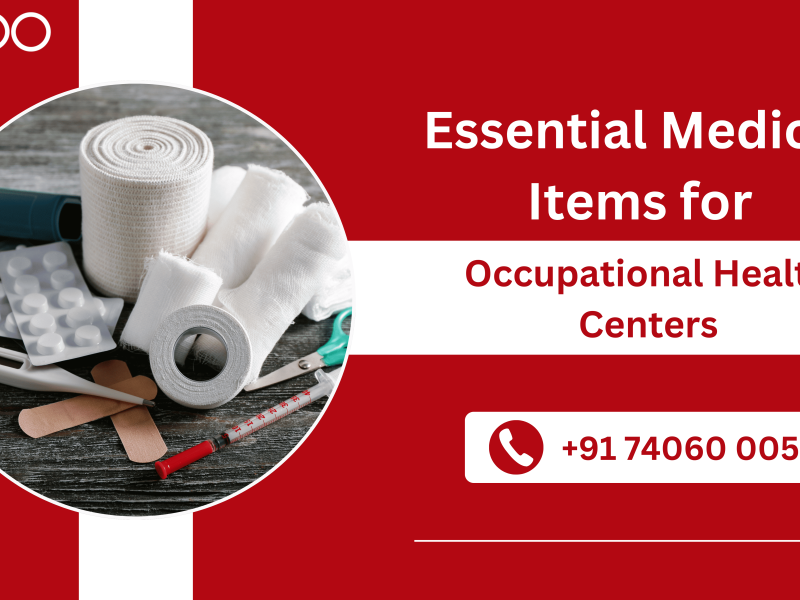This article sheds light on various aspects of NABH Standards for Modular OT. Modular OT is smart investment hospitals make during their construction and they’ve become standard for every newly built hospital.
To enquire or get to know more about Modular OTs please contact
What are NABH Standards?
National accreditation board for Hospitals and Healthcare providers (NABH) is a part of Indian quality council. It is set-up to establish and operate accreditation programmes for healthcare organizations.
NABH Standards update every 5 years, the latest one was released in 2020 as its fifth edition. Accreditation from NABH holds a higher value in Indian healthcare ecosystem.
The standards provided in the NABH document ranges from Operation, maintenance, Personnel hiring to Facility management.
Values of NABH Standards for Modular OT
Credibility: Provide credible and value addition services
Responsiveness: Willingness to listen and continuously improving services
Transparency: Openness in communication and freedom of information to its stakeholders
Innovation: Incorporating change, creativity, continuous learning, and new ideas to improve the services being provided
Design considerations for Planning New Operation Theatres OT Construction according to NABH Standards for Modular OT
a) The AHU of each OT should be dedicated one and should not be linked to air conditioning of any other area for all OT constructed.
b) Window & split A/c should not be used in any type of OT because they are pure re circulating units and have convenient pockets for microbial growth which cannot be sealed.
c) Paint- antibacterial, anti-fungal
d) OT door – automatic/ hermitically Sealed/Touch free (preferable)
e) General Lights – Clean room lights
f) Provision of safety against static charge.
g) Separate power circuit for equipment like Laser.
h) The anti-static flooring, walls and ceiling should be non-porous, smooth, seamless without corners (coving) and should be easily cleanable repeatedly. The material should be chosen accordingly. Anti-static Flooring – seamless, including skirting, should not be of porous stone as it absorbs moisture and could be a source of bio-burden.
Air Conditioning According to NABH Standards for Modular OT
A. The air conditioning requirements for Operation Theatre in a HCO have been deliberated at length with manufacturers, engineers, technical committee members and other stake holders and the following guidelines have been finalized.
B. For this purpose operation theatres have been divided into groups:
1. Super specialty OT: Super specialty OT means operation theatres for Neurosciences, Orthopedics (Joint Replacement), Cardiothoracic and Transplant Surgery (Renal, Liver etc.).
2. General OT: This includes operation theatres for Ophthalmology, District hospital OTs, FRU OT and all other basic surgical disciplines. Day care center: Day surgery is the admission of selected patients to hospital for a planned surgical procedure, returning home on the same day, would fall under the category of general OT.
3. The following basic assumptions have been kept in view:
• Occupancy: Standard occupancy of 5-8 persons at any given point of time inside the OT is considered. • Equipment Load: Standard equipment load of 5-7 kW and lighting load of 1 kW to be considered per OT. For super specialty OT the equipment load can be taken as 7 – 9KW.
• Ambient temperature & humidity at each location to be considered while designing the system.
REQUIREMENTS – General OT
- Air Change Per Hour:
• Minimum total air changes should be 20 based on international guidelines although the same will vary with biological load and the location.
• The fresh air component of the air change is required to be minimum 4 air changes out of total minimum 20 air changes.
2. Air Velocity: should be same as per previous guide.
3. Positive Pressure: There is a requirement to maintain positive pressure differential between OT and adjoining areas to prevent outside air entry into OT. The minimum positive pressure recommended is 2.5 Pascal (0.01 inches of water).
4. Air handling/Filtration: It should be same as previous. When not possible, the OTs should be well ventilated with 2 levels of filtrations with efficiencies as specified previously (pre and micro vee filters should be in position at the AHU).
5. Temperature and Humidity: The temperature should be maintained at 21C +/- 3 Deg C inside the OT all the time with corresponding relative humidity between 20 to 60%. Appropriate devices to monitor and display these conditions inside the OT may be installed.
Maintenance of the system according to NABH Standards for Modular OT
• During the non-functional hours AHU blower will be operational round the clock (may be without temperature control). Variable frequency devices (VFD) may be used to conserve energy. Air changes can be reduced to 25% during non-operating hours thru VFD provided positive pressure relationship is not disturbed during such period.
• Validation of system to be done as per ISO 14664 standards and should include: Temperature and Humidity check, Air particulate count, Air Change Rate Calculation, Air velocity at outlet of terminal filtration unit /filters, Pressure Differential levels of the OT WRT ambient / adjoining areas, Validation of HEPA Filters by appropriate tests like DOP (Dispersed Oil Particulate) /POA(Poly Alpha Olefin) etc.; repeat after 6month in case HEPA found healthy.
• Preventive Maintenance of the system: It is recommended that periodic preventive maintenance be carried out in terms of cleaning of pre filters, micro vee at the interval of 15 days. Preventive maintenance of all the parts of AHU is carried out as per manufacturer recommendations.



